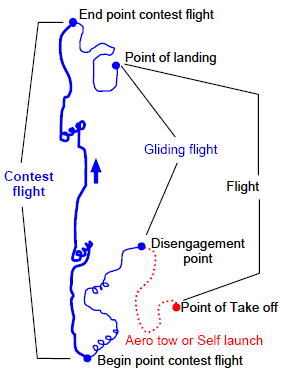Rules edition 2024
The rules for Euroglide 2024 are not available yet but will only contain minor changes.
The rules for Euroglide 2024 are not available yet but will only contain minor changes.
Rules 2022 English (version 1.2, 4 May 2022)
Rules 2022 Appendix English (version 1.2, 4 May 2022)
Upload IGC-file - Howto (version 18 June 2022)
Euroglide is open for modern type gliders and motorgliders, single-seaters as well as two-seaters. The pilots must be experienced and it is allowed to have more than one pilot per team. Pilot(s) and crew together form a team.
In principal, the teams are divided into three classes: Gliders, Turbos and Self-launchers.
The objective of Euroglide is to cover the total distance within 12 days, making the turn-points according to the regulations. The winning team is the team that comes in at the finish first. In case no team finishes (by road or by air), the team that covered the largest regular distance wins the race.
After each flight, the teams will have to find a suitable airfield for the next take-off and arrange the take-off facilities themselves. More than one flight can be made per day. A GPS-logger is mandatory for proof of a competition flight.
It is allowed to contact Air Traffic Control and request a crossing clearance for controlled airspace. A mode S transponder is mandatory, a Radio Telephony license recommended.
Each team receives a total credit of around 300 km in order to be able to transport the glider to the next airfield, by road, aero tow or on own engine power. A single displacement may not exceed 200 km. The exact amount of initial credit depends on the DAeC handicap.
Each evening, the teams report their position to the officials. The contest officials may inform the teams about a possible intervention (change of itinerary, etc.).
Please note this is a summary of the rules. A controlled copy of the Euroglide rules can be downloaded from this page.
